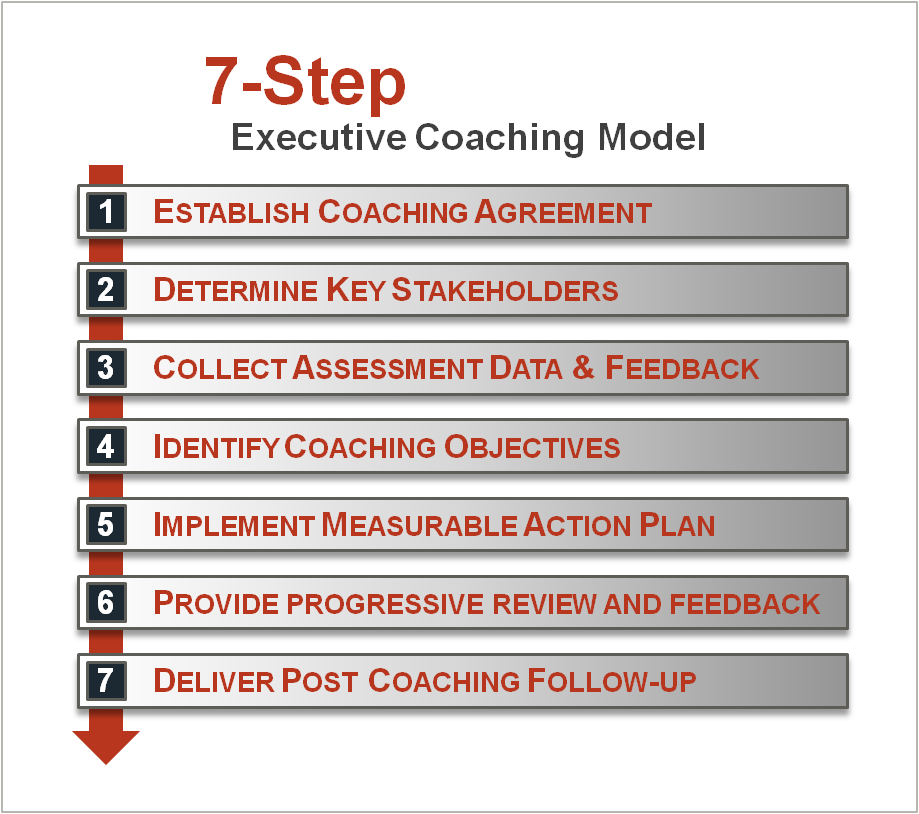Elevate Executive Performance –
Coaching For Your Organization
What should you look for when you want to grow your superstars? Joel’s coaching succeeds because it is a customized, personal experience for the executive who is being coached. Objectives are realistic, implementation is immediate, and feedback is continuous.
What do executive coaching services involve? Through coaching sessions and just-in-time feedback, Joel works one-on-one with each coaching participant to help them achieve the highest possible level of performance in the workplace. The primary focus of the coaching engagement is to achieve the goals and objectives for the participant. The secondary (yet still important) priority is to ensure that the needs of the organization are being met.
Effective Employee Performance Coaching by Joel Garfinkle

Use Coaching to Improve Employee Performance by Applying this 7-Step Methodology
Joel’s coaching process involves seven steps. Together, they ensure you understand what executive presence is and how to radiate it in your own leadership. This systematic methodology provides a structured model to measure and evaluate performance coaching results. Besides the structured model, Joel spends an extensive amount of dedicated time with the coaching participant. This provides the flexibility to adjust and customize the program to meet the specific needs of each participant.
Ready to Build Executive Presence?
The Business Case for Executive Performance Coaching: Investing in Talent
Over 500 Leadership Articles
My extensive library of free leadership resources includes over 500 in-depth articles drawn from 25+ years coaching top executives. No matter your career stage, these expert insights and resources will immediately strengthen your leadership skills.
